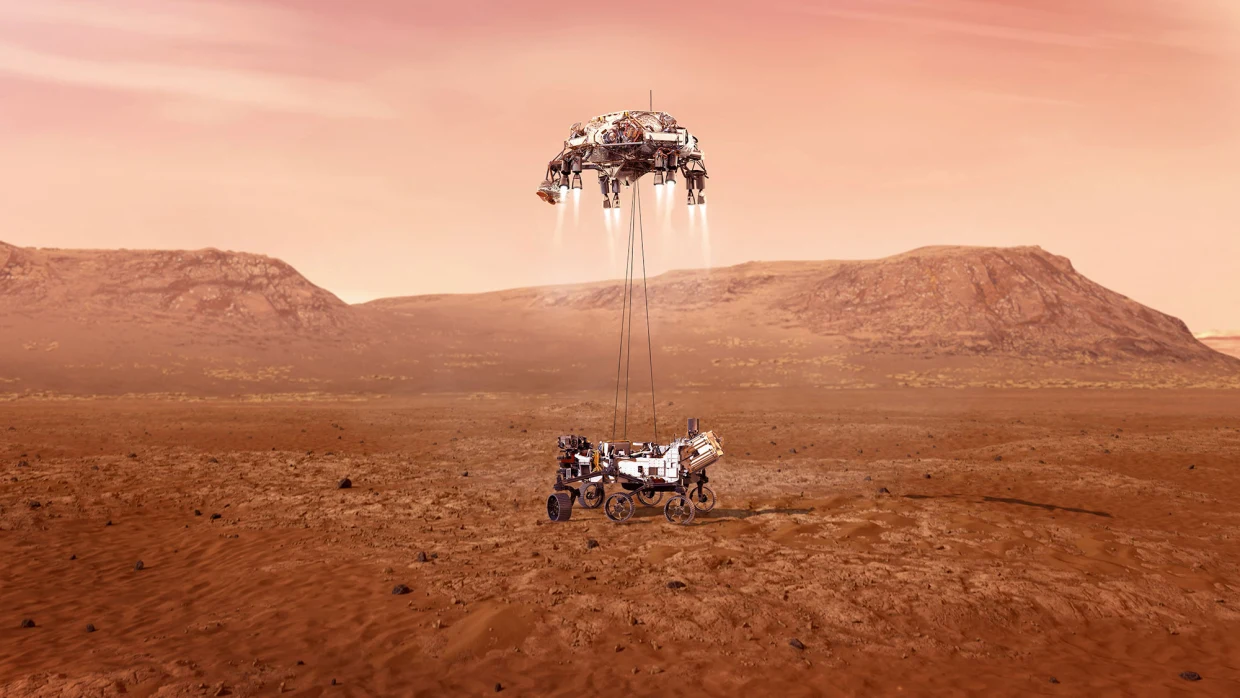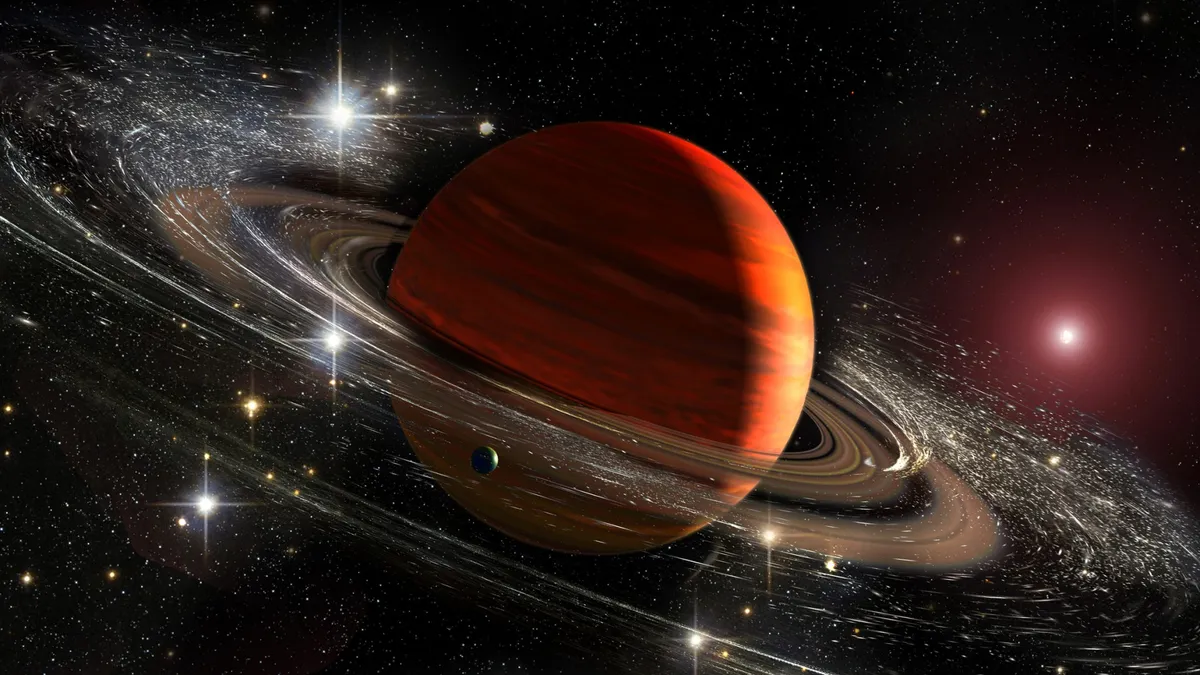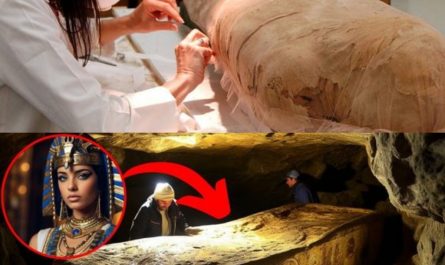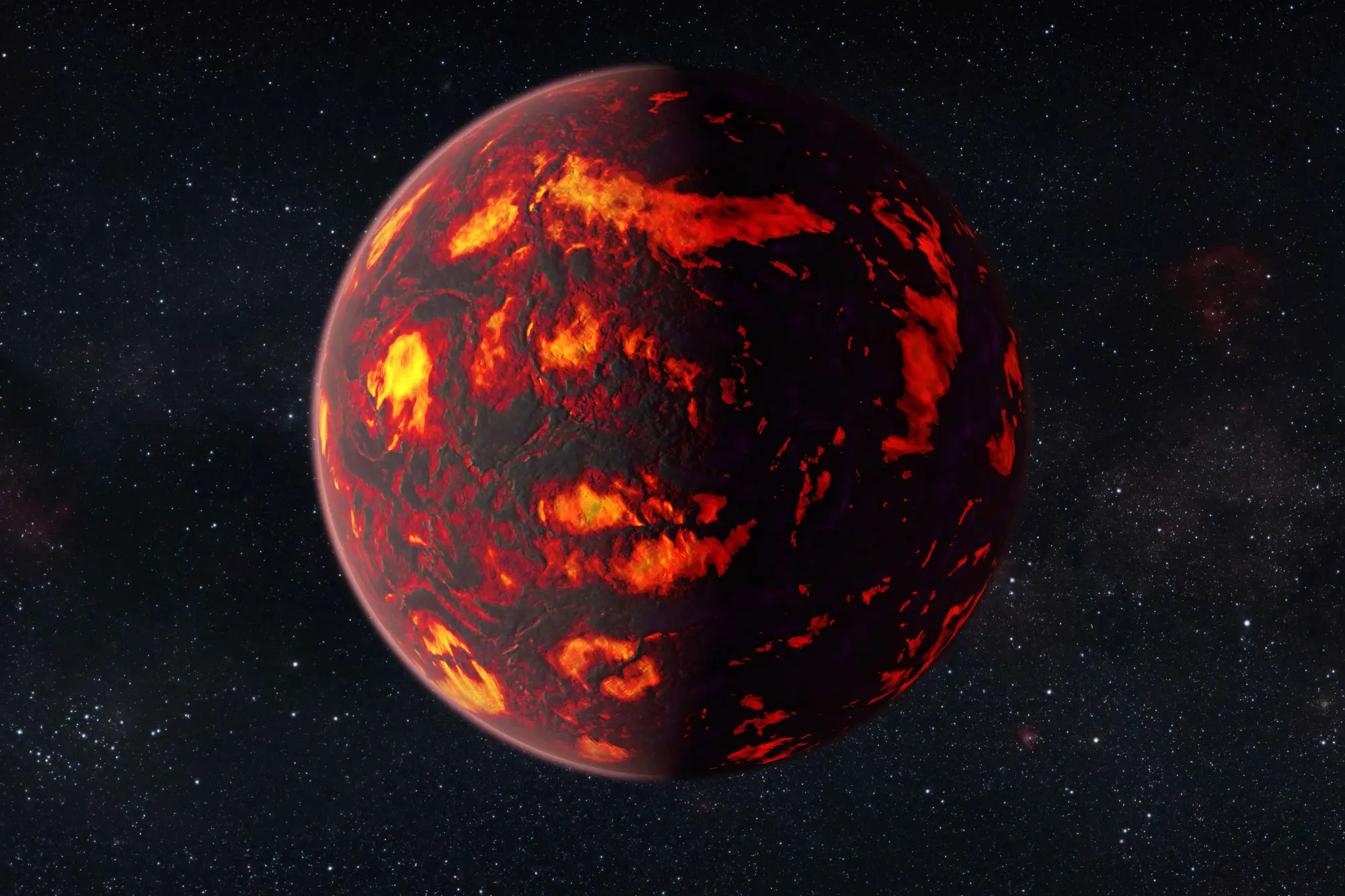You’ve got questions, we’ve got answers! Is Mars habitable? Do aliens exist? Are there oceans on other worlds? Our “We Asked a NASA Expert” video series answers all of these questions and more. Tune in to our playlist to learn all about this solar system we call home.

Former NASA engineer Gilbert Levin has published an interesting essay. He used to work for the Viking missions and discovered that NASA had known that there was alien life on Mars since the 1970s. However, the agency chose to hide this fact from the public.
In 1969, NASA had already managed to land on the moon.
However, they are not done yet. In the 1970s, the agency started a project called Viking that managed to send orbiters that confirmed the existence of liquid water on Mars, leading to what is known as “Viking 1”.
This has led to further advances regarding Mars missions and exploration.
The first human landing on Mars was possible thanks to spare hardware from Viking and a docking collar from the Apollo 8 lunar module.
While this might tell us that it’s likely that there are intelligent beings living on Mars, we can’t be 100% sure that they aren’t still alone in their universe.
The former NASA engineer mentioned in his article that there may be more than one form of alien life on Earth, which means that Earth is not the only place where life exists. So if these aliens are living here and we still don’t know about them, who knows if they haven’t found other planets or star systems.

Dr. Carmen Bousquet revealed that NASA has known since the 1970s that there might be life on Mars and they have been actively trying to capture it ever since. According to her, “we know with 99% accuracy that Mars is very different from Earth. It has a thinner atmosphere, cooler temperatures and much less water.”
She also stated that “NASA began actively searching for life in 1998, when the agency obtained an international mandate from a preparatory committee for the International Astronomical Union.”
This could be read as saying nothing more than that there might be life on Mars, but Dr. Bousquet would not reveal anything else about their research or what evidence they are looking for, so no further information was available.
To that extent, Levin disclosed that the Viking Spacecraft, which landed in different regions of the planet, discovered life on Mars. One of the tests done was based on the work of Louis Pasteur. These tests found that there were bacteria on the planet. This would be validated by the next Viking mission, which found bacteria 6,500 kilometers from where the first mission landed.
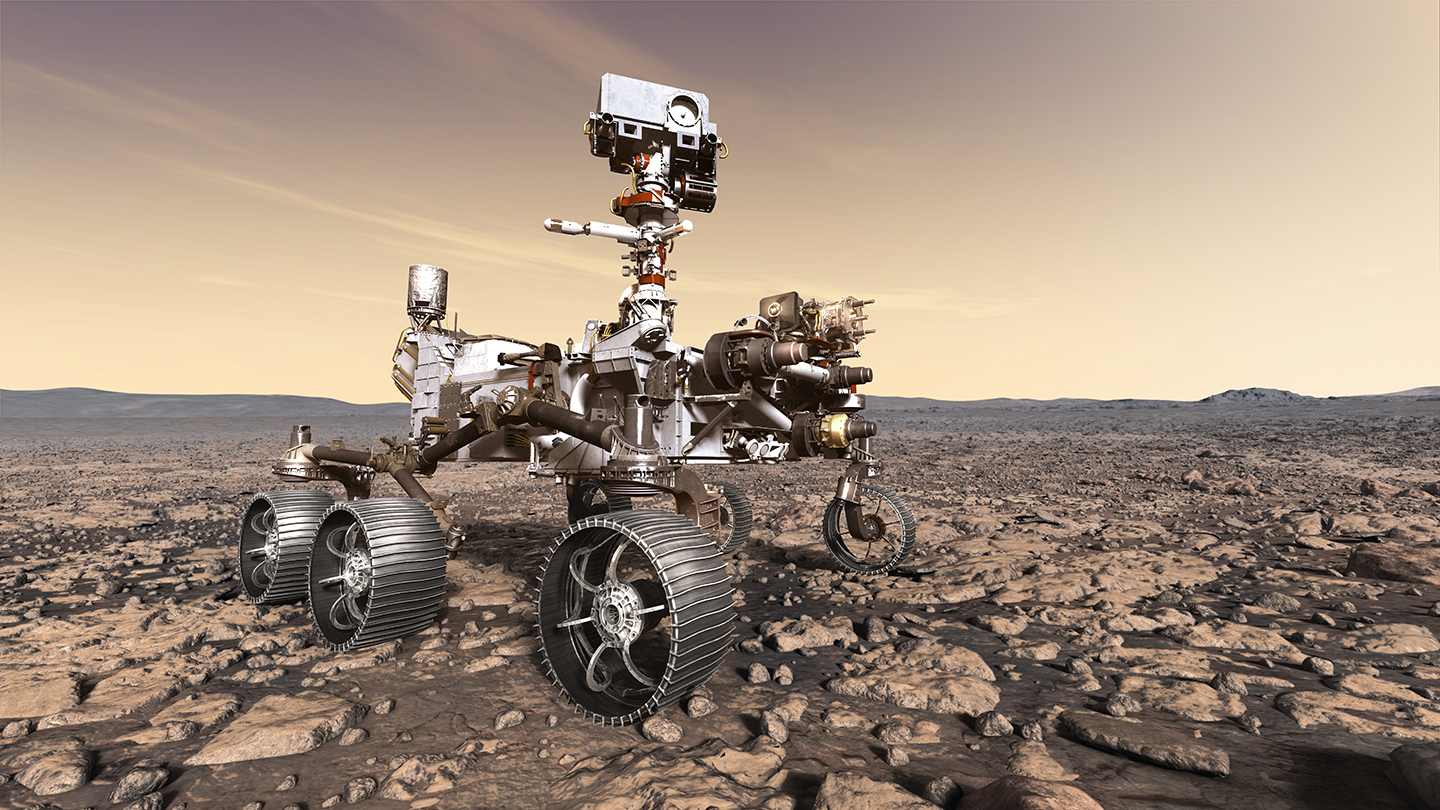
The crew monitoring the mission performed four tests, all with positive results. These data suggest the existence of microbial respiration on Mars.
Notably, these missions were from the 1970s, which means NASA has known about the existence of alien life on Mars for nearly 50 years.
Levin believes this is proof of life on Mars. He also noted that his results were remarkably similar to tests for the presence of bacteria in terrestrial soil.
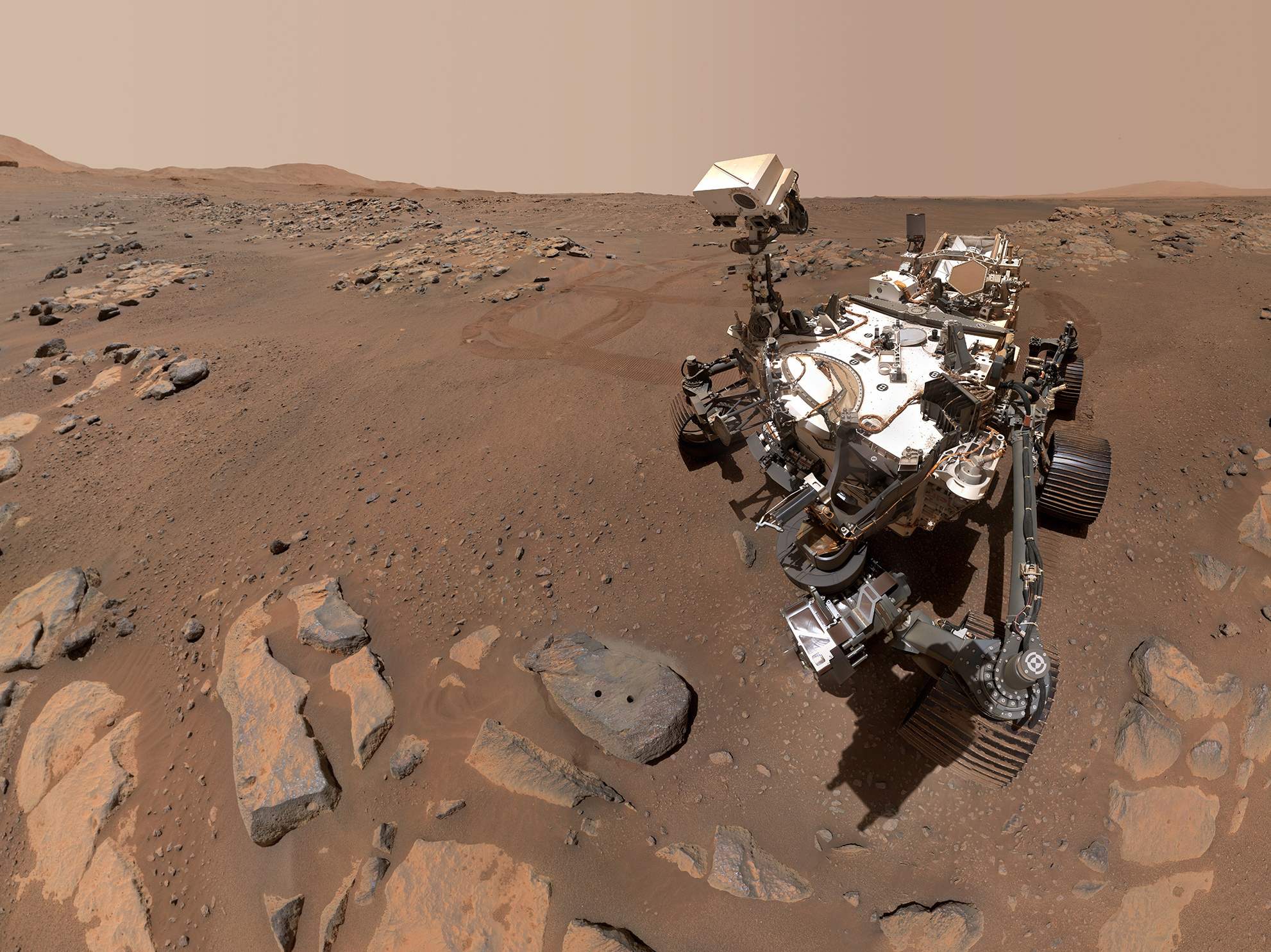
In his essay, he questioned why the US government would choose to hide this information from the public for nearly half a century. However, this statement is not true.
The tests done by the Viking missions have been previously published. However, the experts who studied it did not reach a consensus on the results. Detractors of the statement also claimed that the results were very inconsistent and inconclusive.

In his essay, he noted that he is inclined to agree with the detractor’s statements. But he also questioned why NASA chose not to follow up on the mission’s findings. His essay casts doubt on NASA’s plans, especially as there are plans to send astronauts to Mars. This uncertainty can put these people in unnecessary danger unless it is resolved.
Despite numerous speculations about the presence of life on Mars, the scientific community has not yet reached an agreement on the matter.
For now, it is necessary to carry out a new test on the presence of bacteria on the red planet. This is the only way to guarantee the safety of our future astronauts.
